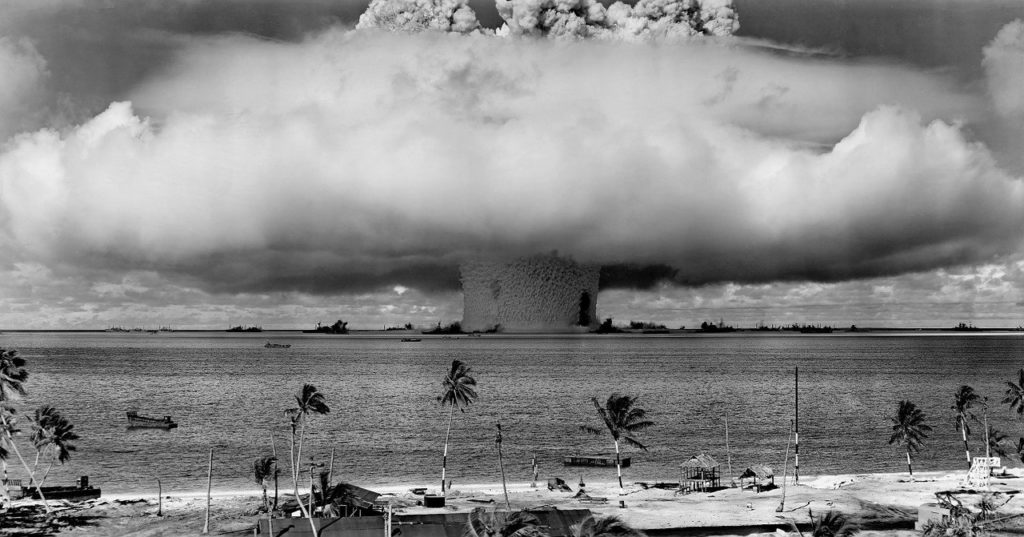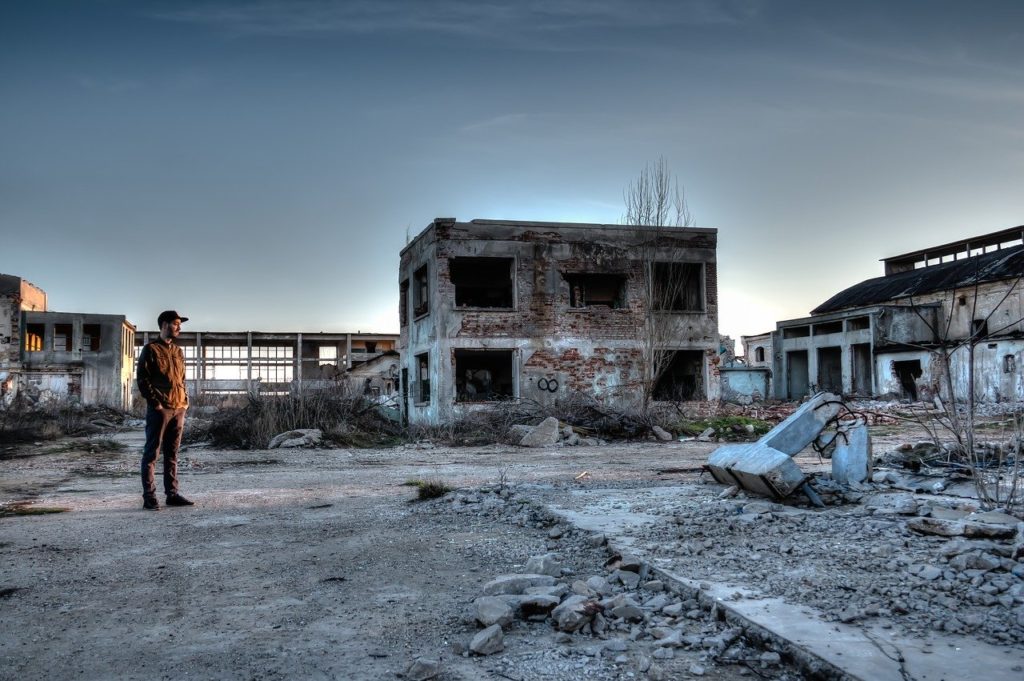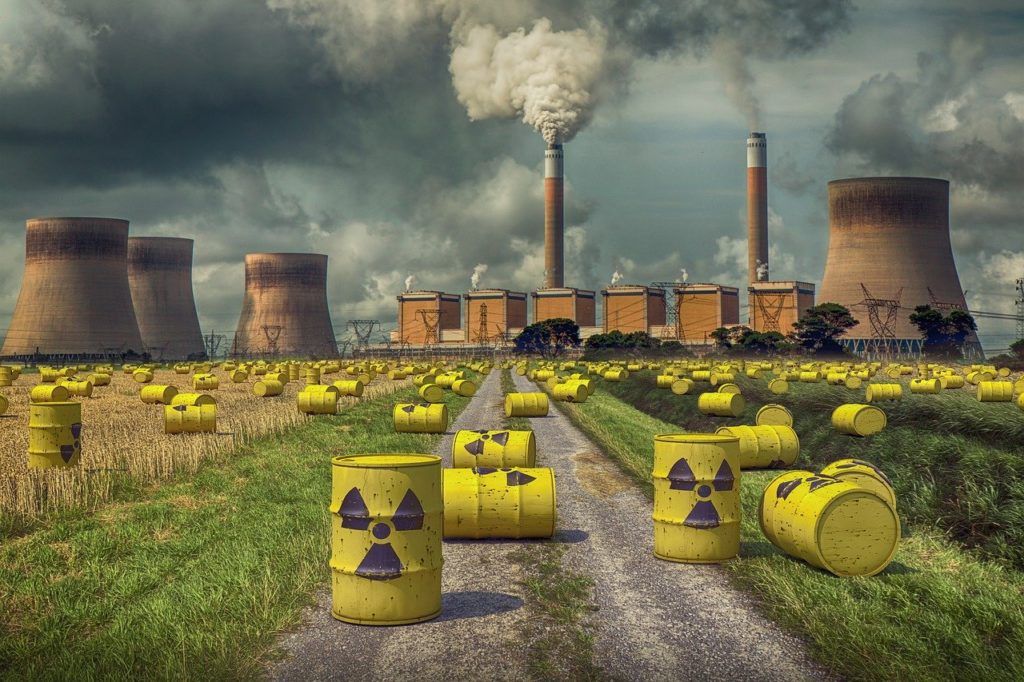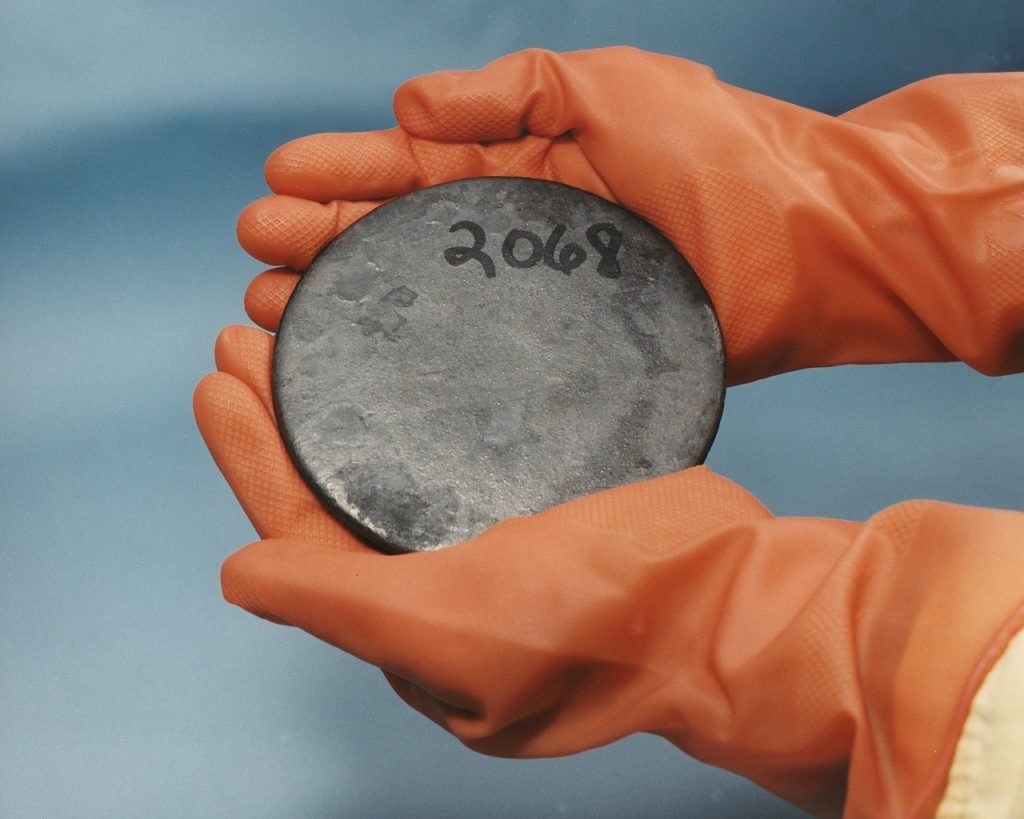Here we go, Mechanical vs Nuclear Engineering!
First, if you’re looking to launch your own blog and start writing articles yourself, no matter what the subject, you can launch your blog with Bluehost for just $3.95/month.
Start creating content and launch your blog with Bluehost.
Mechanical Engineering
Mechanical engineering is a versatile and diverse profession that encapsulates the realms of engineering, physics, math, and material science. These are then used to manufacture, design, maintain and analyse any kind of system in motion or mechanical systems. Movement can be powered by the muscles of animals or humans, pneumatic or hydraulic actuators, gravity and springs, electromagnetism, and heat and pressure of combustion.
Mechanical engineers must have a knowledge of all of these to be able to design more complex devices, ensuring that designs run efficiently, safely and reliably, at all competitive cost. These designs are completed on 3D CAD programs, like AutoCAD, Revit, Inventor and Fusion 360. While it takes many hands (and machines) to put something together that is really complex like a car, these hands know what to do because of mechanical engineers.
Nuclear Engineering
Nuclear engineering is concerned with the utilization of nuclear power in many different settings, including submarines, power plants, food production, diagnostic medical equipment like MRI machines, the disposal of radioactive waste and nuclear weapons. These engineers work to harness the energy released from nuclear reactions.
The nuclear engineering field has diversified itself into a few specific categories, with its greatest increase being in the creation of power plants, Encyclopedia Britannica states. At the moment, nuclear power provides 13% of the worlds power. Over 430 power plants exist in 31 different countries all over the planet: the US is home to 100.
History of Mechanical vs Nuclear Engineering
Mechanical Engineering
Mechanical engineering has been ever present in the world, Medieval China, Ancient Greece and Antiquity showed the first signs of work on mechanics. The creation of physics and machine tools really made it possible for mechanical engineering to distance itself from general engineering. This happened in the 19th century and resulted in the development of engines and machines that were utilized to power these tools. Creating power driven systems was one of the very first huge obstacles that mechanical engineering was able to overcome.

The manufacturing field has been growing alongside the constant involvement of civilization. The 19th century saw some of the very first power driven machines, and once time went on throughout the 20th century, the systems became more complex.
An example of an advancement in technological is laser-based manufacturing, this improved the efficiency and accuracy of the manufacturing workflow. Similarly, technology including 3-D printing has also adjusted the way in which some fields operate, and has been named revolutionary when utilized properly.
Nuclear Engineering
Following the Manhattan Project, a highly classified effort to develop the atomic bomb using the process of fission, the USA then dropped two of these bombs on two cities in Japan during 1945, which consequently ended World War 2. During and after the war, a lot of physicists made huge impacts on the continued development of the theory involved in nuclear engineering, while some others focused on putting theory into real-world applications. These scientists were not officially called engineers at the time, but they existed as the first nuclear engineers.
When the war finished, nuclear energy was explored for peaceful uses. However, national laboratories were created mainly for the creation, production and continued supporting of the US program for nuclear weapons. They proceeded to research many different areas, food and strategic defense, accelerator science, the generation of nuclear power, supercomputers, and research/development contracts with private industries.
Along with its many wins, nuclear engineering has been known to have multiple disastrous fails. A few of the most well known examples are the Chernobyl nuclear power plant in the Ukraine, the 3 Mile Island nuclear power plant in Pennsylvania, and the power plant in Fukushima Daiichi, Japan.

Mechanical vs Nuclear Engineering Careers
Mechanical Engineering
Typically mechanical engineering careers happen in a professional office situation. Visits to work-sites would be needed when there is a piece of machinery or problem that might require their presence. For the majority of their time engineers will work in conjunction with their fellow professionals, engineering technicians, engineers and other members of the team.
Careers in mechanical engineering can be found in nearly every sector of the engineering field. Mechanical engineers have a faster than normal increase in jobs in industries like engineering and architectural and their related services, as well as businesses in the future will keep providing work from businesses/firms like these.
Manufacturing fields like transportation equipment and machinery will also continue to keep mechanical engineers included as they will be needed in creating the next generation of vehicles, electrical cars etc. Machines are replacing human labor as it is cheaper and more accurate, this will increase the need for mechanical engineers who develop industrial machinery.
The newest industrial focuses at the moment has mechanical engineers heavily included. Nanotechnology, re-manufacturing and alternative energies are prime examples of fields that provide occupational growth. “Green” mechanical engineering, also known as re-manufacturing could and will become the norm at many universities and colleges, as the concentration on climate change and the effect of humans on the planet becomes more pronounced.
Employment of mechanical engineers is projected to grow just 4% between 2018 and 2028 similar to the average for all occupations.
Nuclear Engineering
Nuclear engineers, like most other engineers spend the majority of their time employed in big, high-tech environments. These careers are split in equal parts between utilities companies, the government, and the testing and research of units for engineering and defense companies. The Navy has a fleet ships that are nuclear powered, and they have a large amount of nuclear engineers on their staff, as do the commission for nuclear regulatory.
Nuclear engineers carry out research and testing for utility businesses to make existing plants’ performance more efficient, and they also work in facilities for atomic research such as the National laboratory in Los Alamos and the linear accelerator center in Stanford. Nuclear engineering has grew to be more and more important in the creation of new scanning technologies for the medical field, one of the only few sectors that are growing in the discipline. All of these employers are big, well established businesses.
The research aspect of nuclear engineering is very creative, but this area will be suited to those engineers who would feel comfortable in larger, more bureaucratic workplaces. Nuclear engineers typically are employed in teams that are extended, controlling risk and caution are the keywords of the field – appropriately so, taking into consideration the obvious danger that comes with nuclear radiation.

With the exclusion of radio-medical, research in theoretical atomics, and nuclear disposal, a small percentage of the total jobs in the area, nuclear engineering is not an area that is constantly having new discoveries or breakthroughs. The pause on the construction of new power plants has put a stop to all but instrumental, evolutionary research in nuclear power, and the design of atomic weapons lost a lot of its backing in the 1990s. On the bright side, nuclear engineering does offer very secure, stable and well paid professional employment.
Mechanical vs Nuclear Engineering Education
Mechanical Engineering
If you aspire to be a mechanical engineer, it will require a bachelors degree and mechanical engineering is a four to five year course depending on the college that you attend. The curriculum in a mechanical engineering degree includes a rigorous course of math and physics.
A mechanical engineering program involves the science and control of motion, students will learn about material science, how materials are made into shapes, what point they fail at and stress will be applied to the material. Control systems that decide when, how and where power is applied to a material, will be covered along with the power systems that apply this power.
Students will also be taught a fluids dynamic qualities in smaller closed hydraulic systems and also large open hydraulic systems, like the ocean and the atmosphere, this will be studied in fluid mechanics. The fundamentals of robotics engineering and product engineering will also be involved in mechanical engineering programs. Online course can also be taken on LinkedIn Learning, they have course on every subject imaginable, you get a certificate at the end and its free for the first 30 days!
Nuclear Engineering
Nuclear engineers are required to have a bachelors degree from an ABET accredited college, generally in nuclear engineering. Gaining fieldwork and laboratory experience while still at school will aid the student gain very valuable experience during their time at school. A lot of nuclear engineers further their education and earn masters degrees, which gives them the option to work in academics as a researcher and teacher. Some universities even offer a five year program that will earn students both a bachelors degree and a masters degree at once.
Nuclear engineering programs provide foundation students need for securing placement, becoming licensed, earning certifications and continuing to graduate school. Students should look for programs that are for hands on, collaborative learning, developing skills such as logical thinking, in-depth analysis, exceptional oral and written communication, math and problem-solving.
Some courses that are included in a nuclear engineering masters program include:
- Transport fundamentals
- Plasma physics
- Reactor physics
- Radiation physics
- Radioactive waste control
- Nuclear fuel management
Mechanical vs Nuclear Engineering Job Description
Mechanical Engineer
Everyone has used a refrigerator, generator or an escalator, and this means that they have used a product developed by mechanical engineers. They combine their technical skills and creativity to develop new devices/machines. Mechanical engineers mostly spend their time in a well-furnished office, but may travel to job sites when a bigger machine is being put in.
Mechanical engineers might be employed in a variety of manufacturing fields or with engineering businesses. Post-grad students are typically needed to have a PE (Professional Engineer) license to achieve higher positions in research and management.
Mechanical engineers main tasks include but are not limited to:
- Monitoring production
- Modifying design plans
- Analyzing a prototypes performance
- Developing a device’s design plan
- Analyzing mechanical equipment’s technical issues
Nuclear Engineer
About one third of the nuclear engineers in the United States work in the generation of electric power, the Bureau of Labor Statistics (BLS) states. Other employers of nuclear engineers are equipment manufacturers, construction contractors, defense contractors, hospitals and clinics and government personal contractors. Nuclear engineers work at several government institutions, such as regulatory agencies, national laboratories, healthcare facilities and the military.

Nuclear engineers job responsibilities include:
- Taking corrective action or ordering plant shutdown in emergencies
- Writing instructions for the handling and disposal of nuclear waste
- Developing nuclear equipment, such as reactor cores and radiation shielding
- Examining nuclear accidents and gathering data that can be used to prevent future accidents
- Testing whether methods of using nuclear material, disposing of nuclear waste or reclaim in nuclear fuel are acceptable
Thank you very much for being here – we appreciate you taking the time to read our content. If you have anything to add, please feel free to leave a comment down below, and sign up to our newsletter for more of the same!
You can also follow us on LinkedIn, Facebook, Twitter, and Instagram so you can stay up to date.



